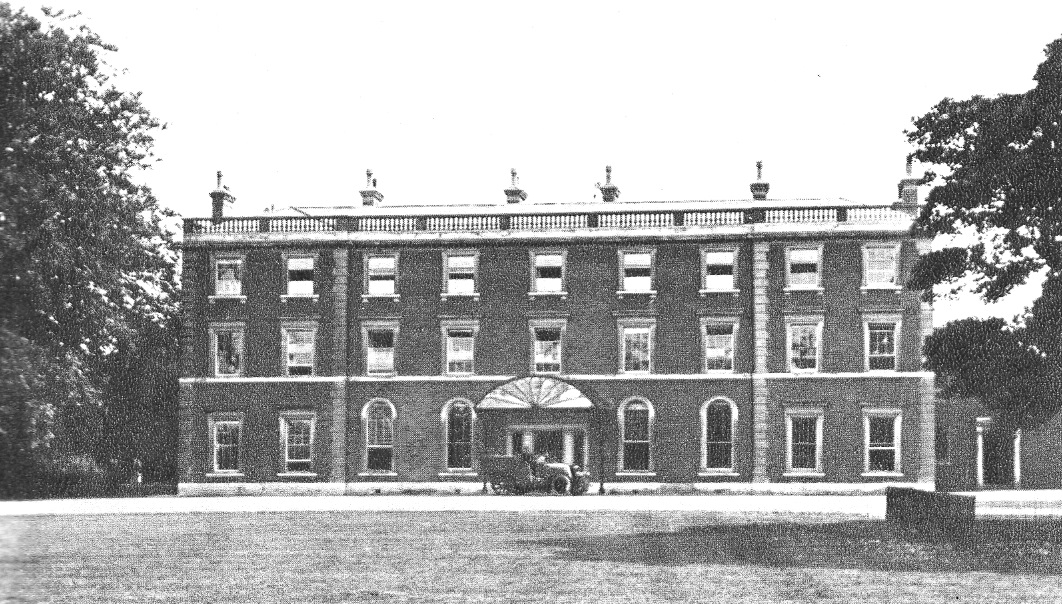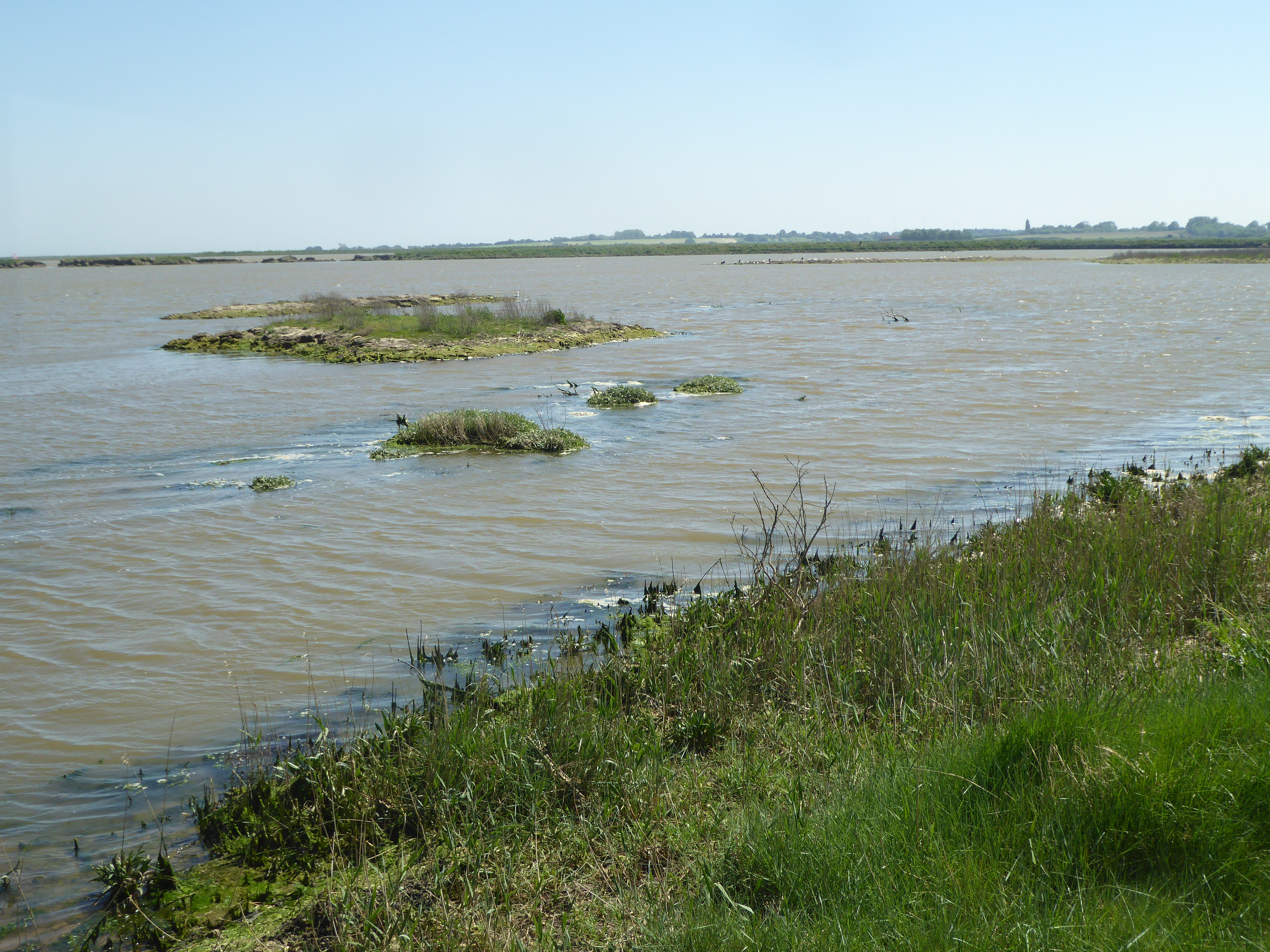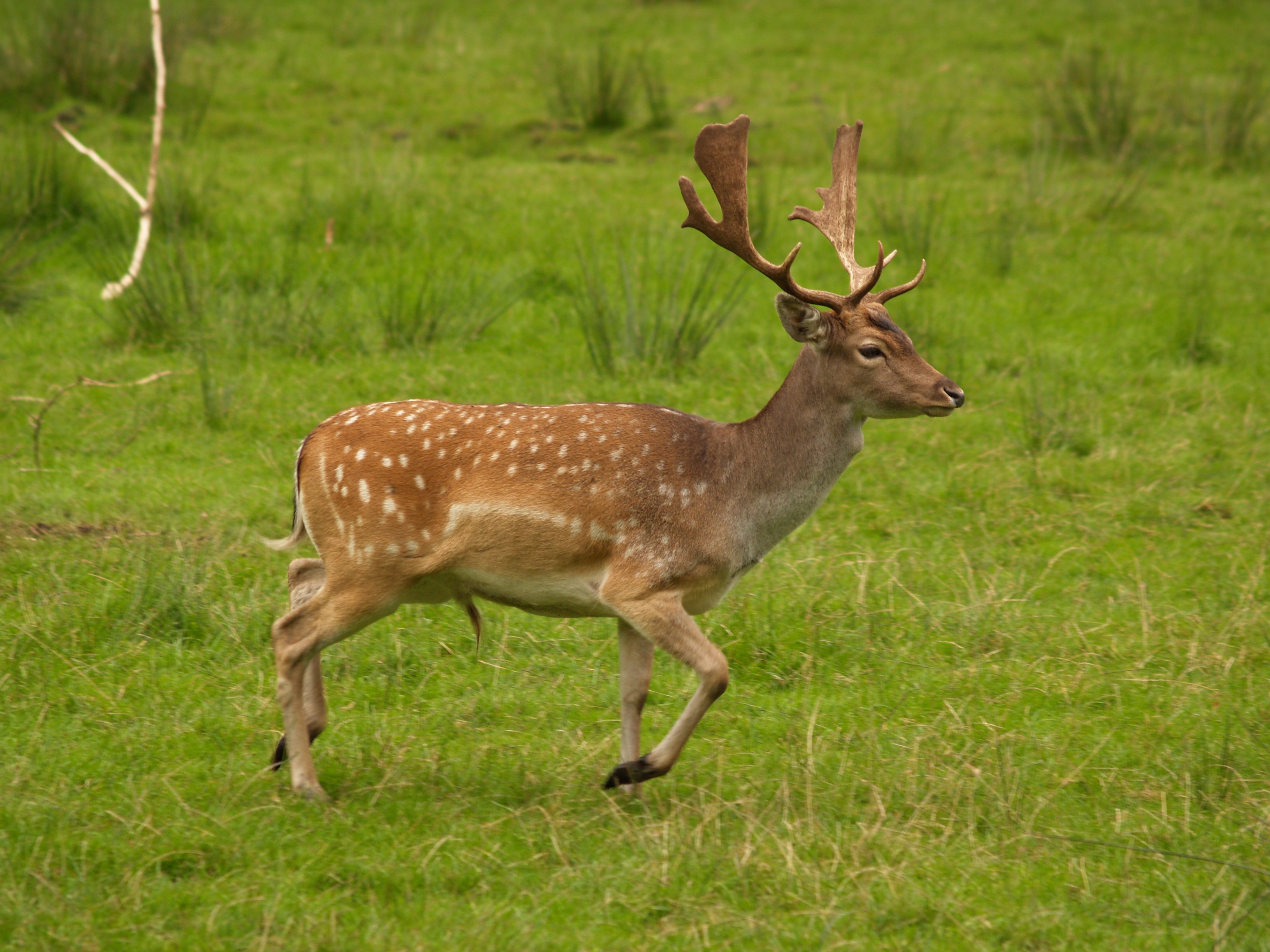|
Captain's Wood
Captain's Wood is a 62 hectare nature reserve in Sudbourne in Suffolk. It is owned and managed by the Suffolk Wildlife Trust. This site has woodland, rough grassland and scrub. A herd of fallow deer helps to keep the land open, and there are also barn owls, buzzards, mature oak trees An oak is a tree or shrub in the genus ''Quercus'' (; Latin "oak tree") of the beech family, Fagaceae. There are approximately 500 extant species of oaks. The common name "oak" also appears in the names of species in related genera, notably '' ... and many bluebells. There is access from School Road. References {{Suffolk Wildlife Trust Suffolk Wildlife Trust ... [...More Info...] [...Related Items...] OR: [Wikipedia] [Google] [Baidu] |
Sudbourne
Sudbourne is a village and civil parish in Suffolk, England, located approximately north of Orford. All Saints' Church dates from the 14th century but was much restored in 1879. It is a grade II* listed building. Between 964 and 975 King Edgar and his wife Ælfthryth granted Bishop Æthelwold of Winchester an estate at Sudbourne on condition that he translated the ''Rule of Saint Benedict'' from Latin into Old English. According to Sam Newton, Sudbourne was the location of the almost forgotten Battle of Newmouth between the English and the Danes in the early eleventh century. During World War II Sudbourne and the neighbouring village of Iken were used as a battle training area in advance of the D-Day landings in June 1944. The inhabitants were relocated returning sometime after the war finished. Sudbourne has Captain's Wood, a nature reserve owned by Suffolk Wildlife Trust, and Crag Farm Pit which is listed as a Site of Special Scientific Interest in Suffolk. Sudbou ... [...More Info...] [...Related Items...] OR: [Wikipedia] [Google] [Baidu] |
Suffolk
Suffolk () is a ceremonial county of England in East Anglia. It borders Norfolk to the north, Cambridgeshire to the west and Essex to the south; the North Sea lies to the east. The county town is Ipswich; other important towns include Lowestoft, Bury St Edmunds, Newmarket, and Felixstowe which has one of the largest container ports in Europe. The county is low-lying but can be quite hilly, especially towards the west. It is also known for its extensive farming and has largely arable land with the wetlands of the Broads in the north. The Suffolk Coast & Heaths and Dedham Vale are both nationally designated Areas of Outstanding Natural Beauty. History Administration The Anglo-Saxon settlement of Suffolk, and East Anglia generally, occurred on a large scale, possibly following a period of depopulation by the previous inhabitants, the Romanised descendants of the Iceni. By the fifth century, they had established control of the region. The Anglo-Saxon inhabitant ... [...More Info...] [...Related Items...] OR: [Wikipedia] [Google] [Baidu] |
Suffolk Wildlife Trust
Suffolk Wildlife Trust (SWT) describes itself as the county's "nature charity – the only organisation dedicated wholly to safeguarding Suffolk's wildlife and countryside." It is a registered charity, and its headquarters is at Brooke House in Ashbocking, near Ipswich. It was founded in 1961,About us , Suffolk Wildlife Trust. Retrieved 3 March 2014. and is one of 46 covering the . As of March 2017, it has 13,200 members, and it manages of land in 60 nature reserves, most of ... [...More Info...] [...Related Items...] OR: [Wikipedia] [Google] [Baidu] |
Fallow Deer
''Dama'' is a genus of deer in the subfamily Cervinae, commonly referred to as fallow deer. Name The name fallow is derived from the deer's pale brown colour. The Latin word ''dāma'' or ''damma'', used for roe deer, gazelles A gazelle is one of many antelope species in the genus ''Gazella'' . This article also deals with the seven species included in two further genera, '' Eudorcas'' and '' Nanger'', which were formerly considered subgenera of ''Gazella''. A thir ..., and antelopes, lies at the root of the modern scientific name, as well as the German ''Damhirsch'', French ''daim'', Dutch ''damhert'', and Italian ''daino''. In Croatian and Serbian, the name for the fallow deer is ''jelen lopatar'' ("shovel deer"), due to the form of its antlers. The Modern Hebrew name of the fallow deer is ''yachmur'' (יחמור). Taxonomy and evolution The genus includes two extant species: Extant species Some taxonomists include the Persian fallow deer as a subspecies (''D. ... [...More Info...] [...Related Items...] OR: [Wikipedia] [Google] [Baidu] |
Barn Owl
The barn owl (''Tyto alba'') is the most widely distributed species of owl in the world and one of the most widespread of all species of birds, being found almost everywhere except for the polar and desert regions, Asia north of the Himalayas, most of Indonesia, and some Pacific Islands. It is also known as the common barn owl, to distinguish it from the other species in its family, Tytonidae, which forms one of the two main lineages of living owls, the other being the typical owls (''Strigidae''). There are at least three major lineages of barn owl: the western barn owl of Europe, western Asia, and Africa; the eastern barn owl of southeastern Asia and Australasia; and the American barn owl of the Americas. Some taxonomic authorities classify barn owls differently, recognising up to five separate species; and further research needs to be done to resolve the disparate taxonomies. There is considerable variation of size and colour among the approximately 28 subspecies, b ... [...More Info...] [...Related Items...] OR: [Wikipedia] [Google] [Baidu] |
Buteo Buteo
The common buzzard (''Buteo buteo'') is a medium-to-large bird of prey which has a large range. A member of the genus '' Buteo'', it is a member of the family Accipitridae. The species lives in most of Europe and extends its breeding range across much of the Palearctic as far as northwestern China (Tian Shan), far western Siberia and northwestern Mongolia.Ferguson-Lees, J., & Christie, D. A. (2001). ''Raptors of the world''. Houghton Mifflin Harcourt. Over much of its range, it is a year-round resident. However, buzzards from the colder parts of the Northern Hemisphere as well as those that breed in the eastern part of their range typically migrate south for the northern winter, many journeying as far as South Africa.Bildstein, K. L., & Zalles, J. I. (2005). ''Old World versus New World long-distance migration in accipiters, buteos, and falcons''. Birds of two worlds: the ecology and evolution of migration. Johns Hopkins University Press, Baltimore, Maryland, USA, 154–167. T ... [...More Info...] [...Related Items...] OR: [Wikipedia] [Google] [Baidu] |
Quercus Robur
''Quercus robur'', commonly known as common oak, pedunculate oak, European oak or English oak, is a species of flowering plant in the beech and oak family, Fagaceae. It is a large tree, native to most of Europe west of the Caucasus. It is widely cultivated in temperate regions elsewhere and has escaped into the wild in scattered parts of China and North America. Description ''Quercus robur'' is a large deciduous tree, with circumference of grand oaks from to an exceptional . The Majesty Oak with a circumference of is the thickest tree in Great Britain. The Brureika (Bridal Oak) in Norway with a circumference of (2018) and the Kaive Oak in Latvia with a circumference of are among the thickest trees in Northern Europe. The largest historical oak was known as the Imperial Oak from Bosnia and Herzegovina. This specimen was recorded at 17.5 m in circumference at breast height and estimated at over 150 m³ in total volume. It collapsed in 1998. The species has lobed and ... [...More Info...] [...Related Items...] OR: [Wikipedia] [Google] [Baidu] |
Hyacinthoides Non-scripta
''Hyacinthoides non-scripta'' (formerly ''Endymion non-scriptus'' or ''Scilla non-scripta'') is a bulbous perennial plant, found in Atlantic areas from north-western Spain to the British Isles, and also frequently used as a garden plant. It is known in English as the common bluebell or simply bluebell, a name which is used in Scotland to refer to the harebell, '' Campanula rotundifolia''. In spring, ''H. non-scripta'' produces a nodding, one-sided inflorescence of 5–12 tubular, sweet-scented violet–blue flowers, with strongly recurved tepals, and 3–6 long, linear, basal leaves. ''H. non-scripta'' is particularly associated with ancient woodland where it may dominate the understorey to produce carpets of violet–blue flowers in " bluebell woods", but also occurs in more open habitats in western regions. It is protected under UK law, and in some other parts of its range. A related species, '' H. hispanica'' has also been introduced to the British Isles and hy ... [...More Info...] [...Related Items...] OR: [Wikipedia] [Google] [Baidu] |






.jpg)